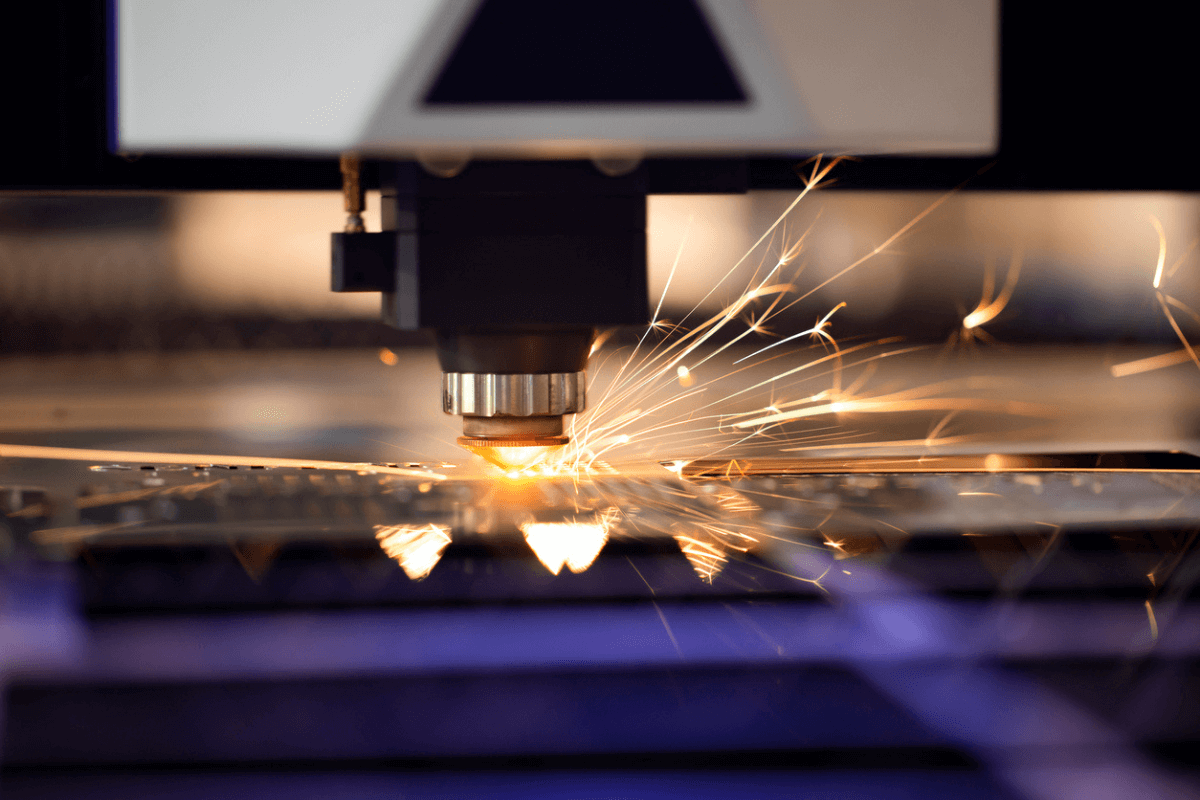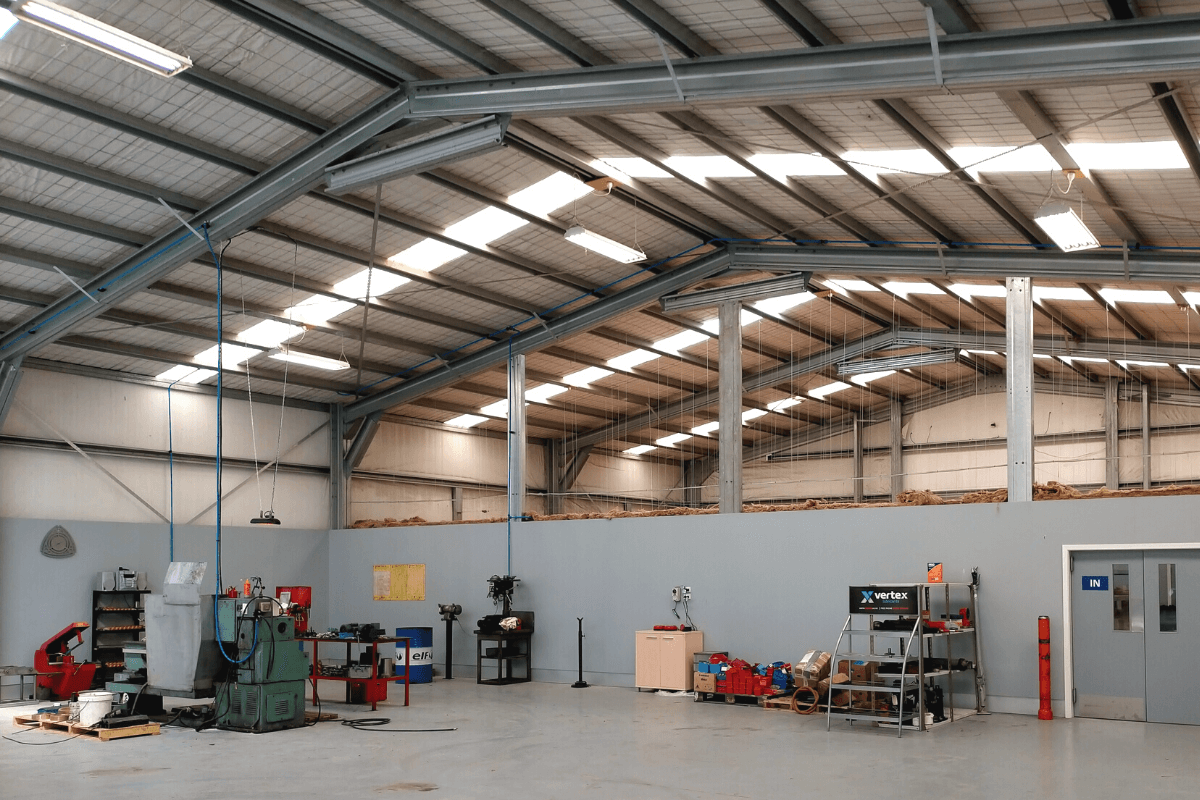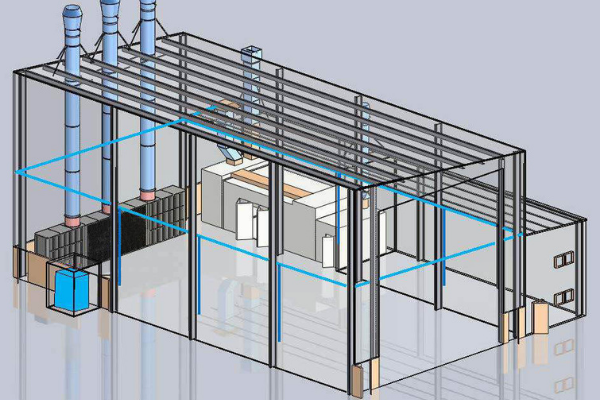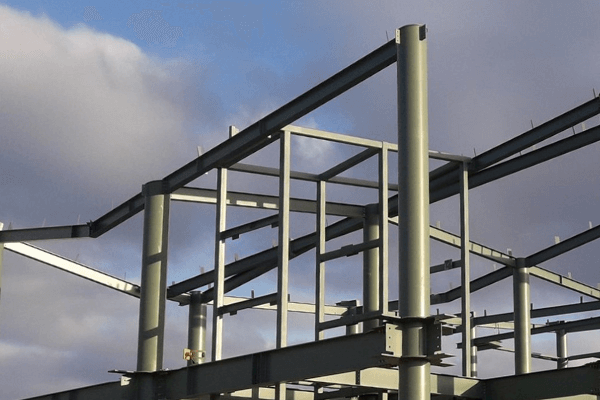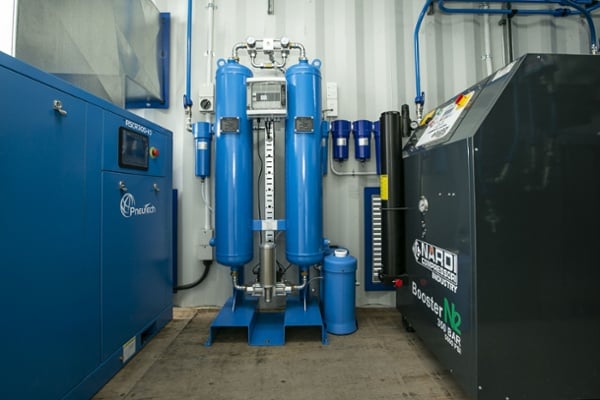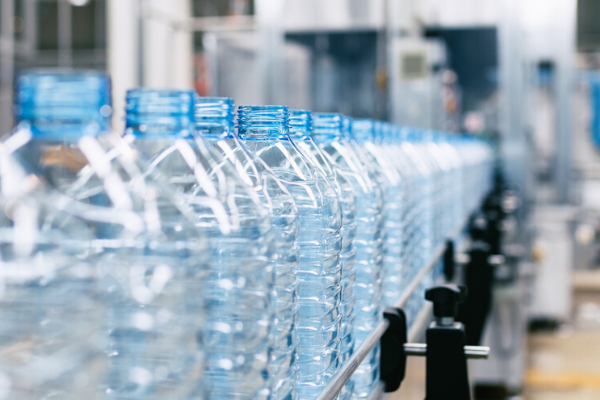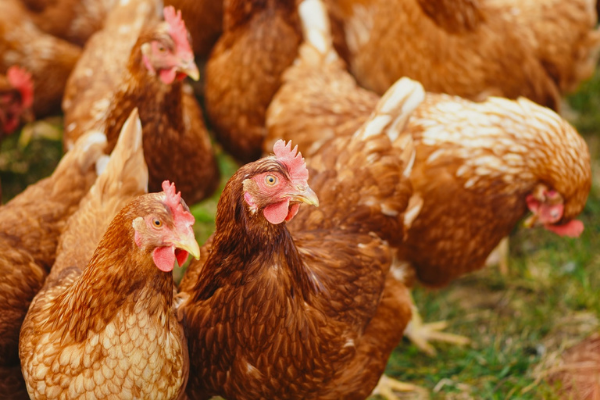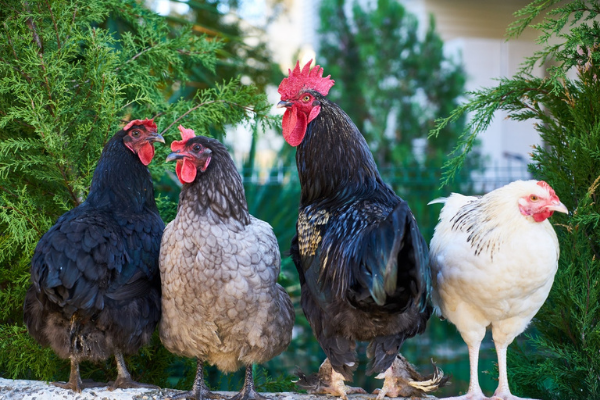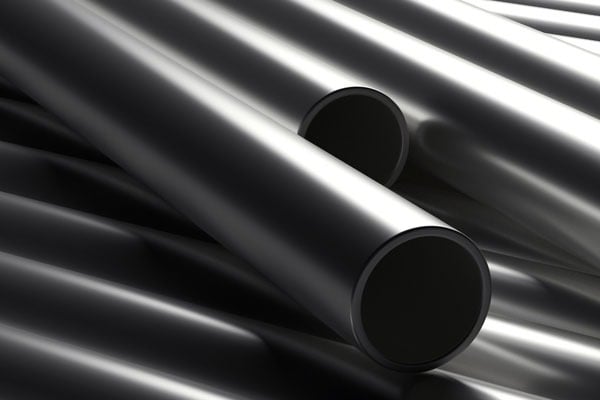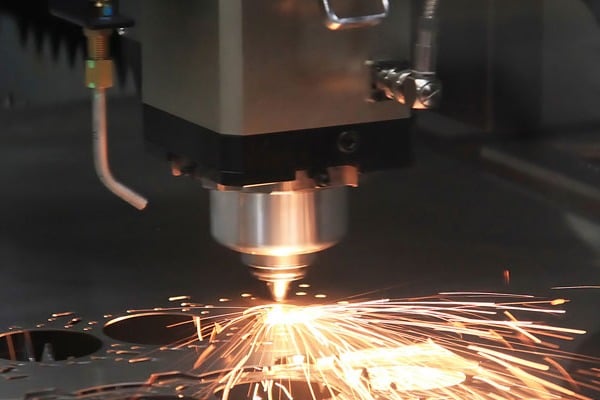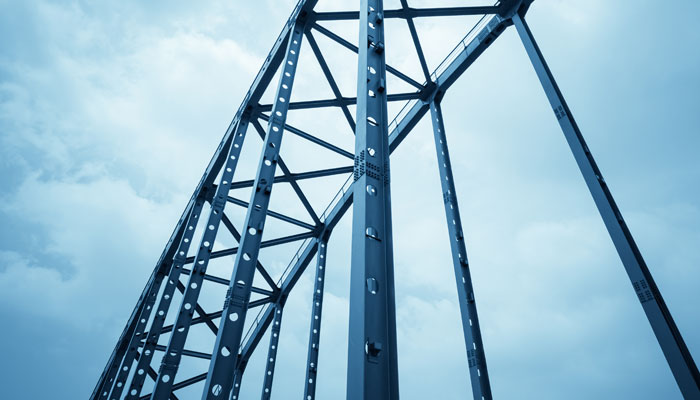Are you looking for a reliable air compressor for your workshop or plant? Are you wondering which type of compressor is more efficient and suited to your needs?
At Industrial Air Systems, we supply rotary screw and scroll air compressors for a range of industrial applications. However, we realise that these two compressors may not be the ideal solution for everyone and, in some cases, a reciprocating compressor is the better solution.
In this article, we explain what a reciprocating air compressor is, how they work, and what applications they’re used for.
Reciprocating air compressors
So what is a reciprocating air compressor? A reciprocating compressor uses a piston to compress gas at high pressure. Reciprocating compressors are relatively simple in design and are best for applications requiring small, intermittent amounts of air. For example, they are often used in small workshops, pneumatic tools, and chemical processing.
Pros of reciprocating compressors
- Efficient.
- Can produce a higher pressure of up to 30,000 PSI.
- Available as oil-filled or oil-free.
- Available as tank-mounted or base-mounted.
Cons of reciprocating compressors
- Can be quite large and require a stable concrete surface.
- Very high noise pollution.
- Unable to self-regulate its own capacity against a given output pressure.
- The outlet temperature is very high, which can be a hazard.
How does a reciprocating air compressor work?
A reciprocating compressor system includes a compression cylinder, piston, crank and connecting rod, suction valve, and discharge valve.
- The piston moves downward, creating a vacuum inside the cylinder and drawing air through the intake valve.
- With both valves closed, the piston moves back up and, with nowhere to escape, the air is compressed.
- When the compression chamber reaches a certain pressure, the discharge valve opens and allows the compressed air out to be treated, stored, and used.
- This process repeats, creating an intermittent stream of compressed air.
.png?width=600&height=400&name=IAS%20%20Blog%20diagrams%20(1).png)
Single-stage compressors vs two stage compressors
In a single-stage compressor, the air is compressed in a single stroke. In a two-stage reciprocating compressor, the air is compressed to an intermediate pressure in the first stage and an even higher pressure in the second stage. This allows for higher output and greater efficiency.
Reciprocating compressors vs rotary screw compressors
Ultimately, the best type of compressor will depend on the following factors:
- Power consumption
- Cubic feet per minute
- Duty cycle
- Air pressure
- Upfront costs
- Servicing costs
- Longevity
Power consumption and reciprocating compressor efficiency
If you only require a small amount of compressed air now and then, reciprocating compressors are more affordable to run. However, they are designed to work in short increments and are not efficient to run continuously.
In comparison, rotary screw compressors have a much higher capacity and can operate up to 24 hours a day, 7 days a week. With a fixed-speed drive, they can run efficiently at full power, even when the compressed air is not being used.
Cubic feet per minute (CFM)
Reciprocating compressors have low CFM ratings of around 3.5 cfm per horsepower. This means they are best suited to smaller workshops requiring intermittent air every so often. On the other hand, rotary screw compressors have much higher CFM ratings of around 4-5 cfm per horsepower. This is more suitable for applications requiring more volume or flow.
Duty cycle
Reciprocating compressors have a lower duty cycle of around 50%, meaning they need to be turned off after running for 25% of the time. This allows the motor to cool down before being used again. However, most rotary screw compressors have a 100% duty cycle and can run continuously without needing to rest.
Air pressure
The majority of both reciprocating compressors and rotary screw air compressors operate at around 100 to 120 PSI. This is generally enough air pressure for most pneumatic tools and factory machines.
Upfront cost
Reciprocating compressors are generally cheaper than a rotary screw compressor of a similar size. For example, a 5 HP reciprocating compressor can be purchased for as low as $2,000 to $3,000. However, a rotary screw compressor of the same horsepower would be around $7,000 to $8,000.
However, if you require a compressor larger than 15 HP or you want more efficiency, a rotary screw compressor is the best long-term cost option.
Servicing
A reciprocating compressor should be serviced every 500 hours and is generally only used a few times throughout the day. On the other hand, rotary screw compressors often run for much longer hours, needing regular servicing every 1,000 to 2,000 hours to keep them operating efficiently.
Longevity
A good quality reciprocating compressor should clock between 8,000 and 10,000 running hours. In contrast, rotary screw compressors generally last between 30,000 and 50,000 hours before requiring an overhaul or full replacement.
If longevity and high performance are critical, we recommend a rotary screw compressor because they are built to operate for many hours before needing to be replaced. However, if you have a smaller workshop, a reciprocating compressor may be sufficient.
For more information, contact us today or visit our website to learn more about our variable-speed rotary screw compressors.
Compressed air equipment
At Industrial Air Systems, we supply PneuTech compressed air equipment because it is high-quality, efficient, and reliable.
- Air Compressors
- Nitrogen Generators
- Oxygen Generators
- Air Receivers
- Laser Cutting Systems
- Air Treatment
- Aluminium Air Piping
- Stainless Steel Piping
- Compressed Air Accessories
In our full equipment catalogue, you will find all the specifications and recommendations about our range of PneuTech air compressors, equipment, and piping. We also share everything you need to know to ensure your system is efficient and suited to your needs.
To get a free copy, submit your details at the link below.




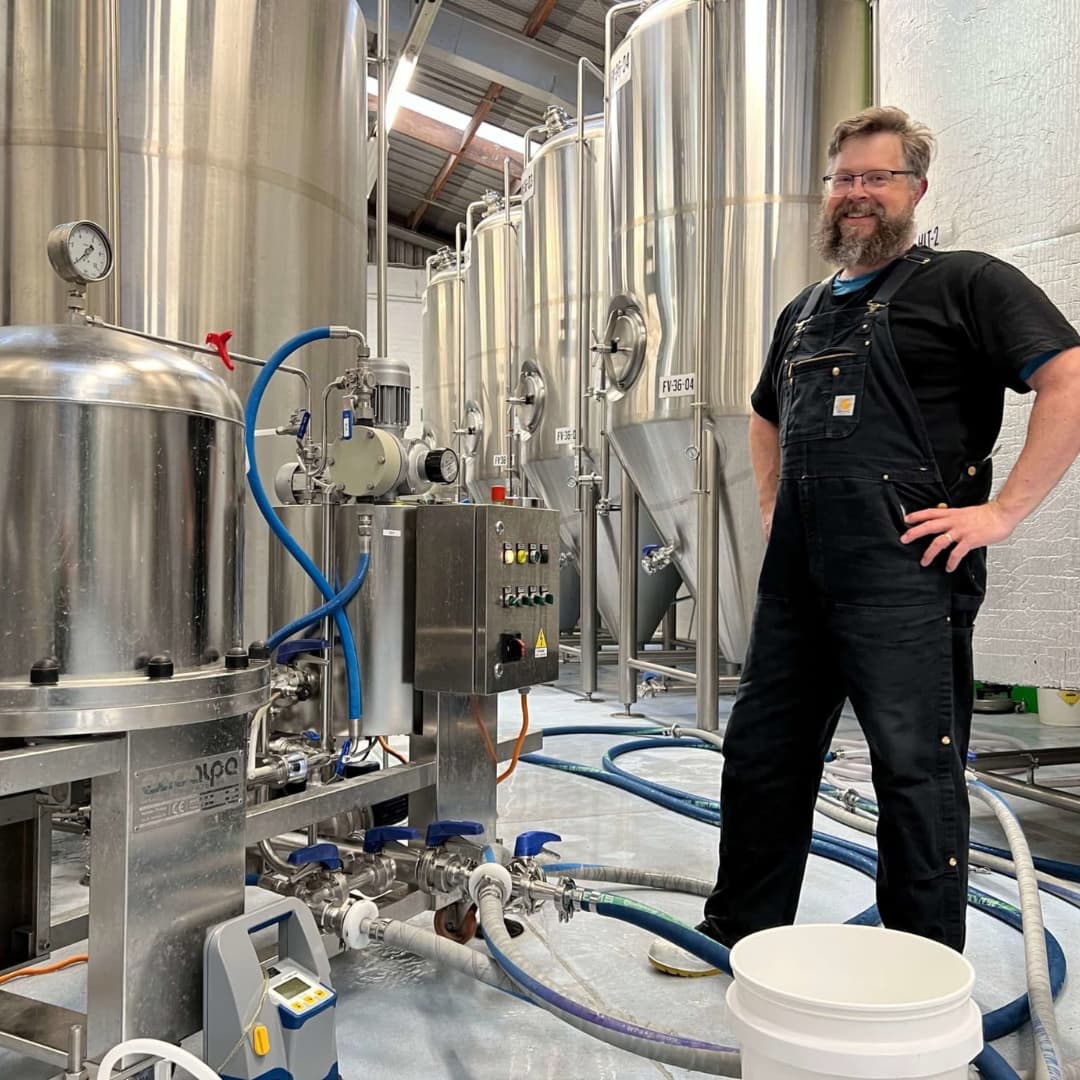
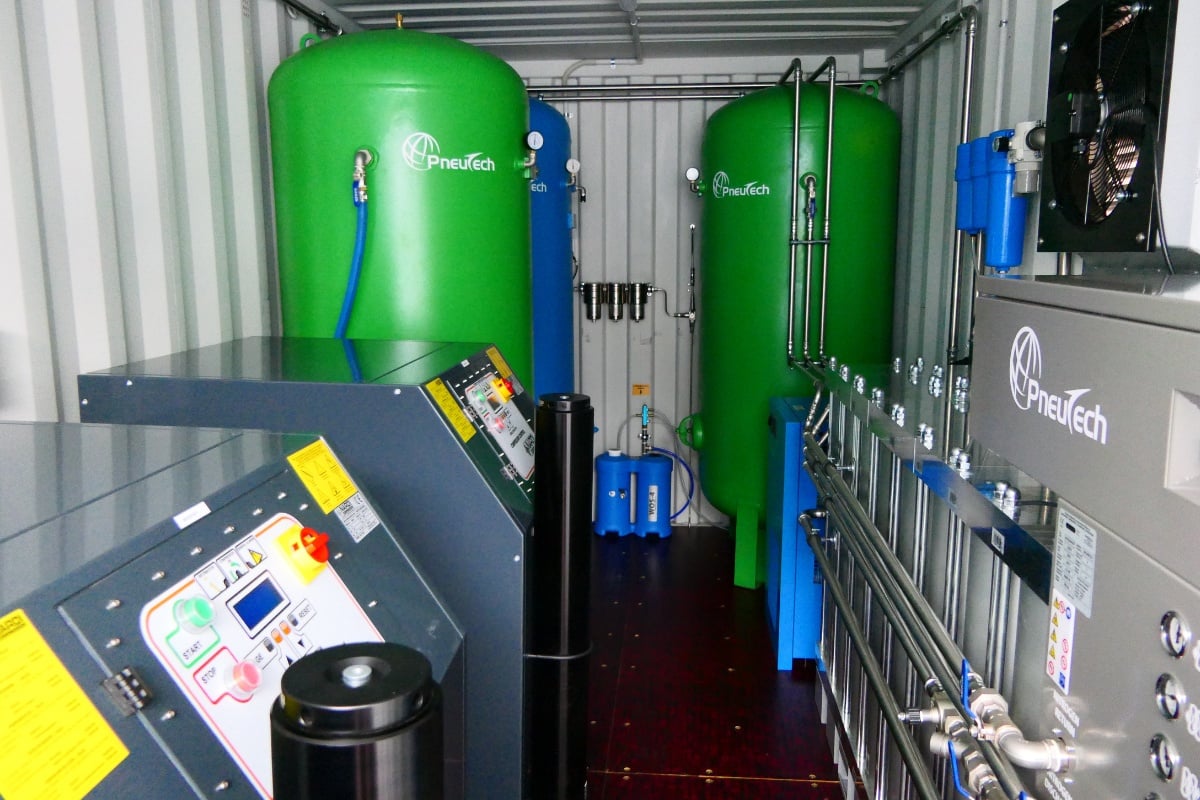
.jpg)


